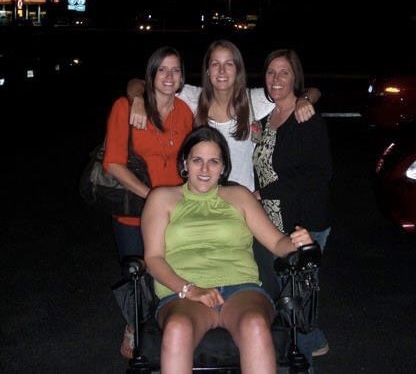
Blog
How Journaling Helps Kids and Adults Heal
When I go into a classroom or get in front of large groups, I often ask, “How many of you like to write?” On average,

When I go into a classroom or get in front of large groups, I often ask, “How many of you like to write?” On average,

Written by Tara Imperatore Each year, millions of Americans face the reality of living with a mental illness. May is a time to raise awareness of

Most adults and children feel anxiety at some point in their lives. Unfortunately, the incidence of anxiety has increased over the last decade, and dramatically




Join our community to get the latest tips, exclusive offers, and updates straight to your inbox. Don’t miss out—subscribe now and be the first to know!